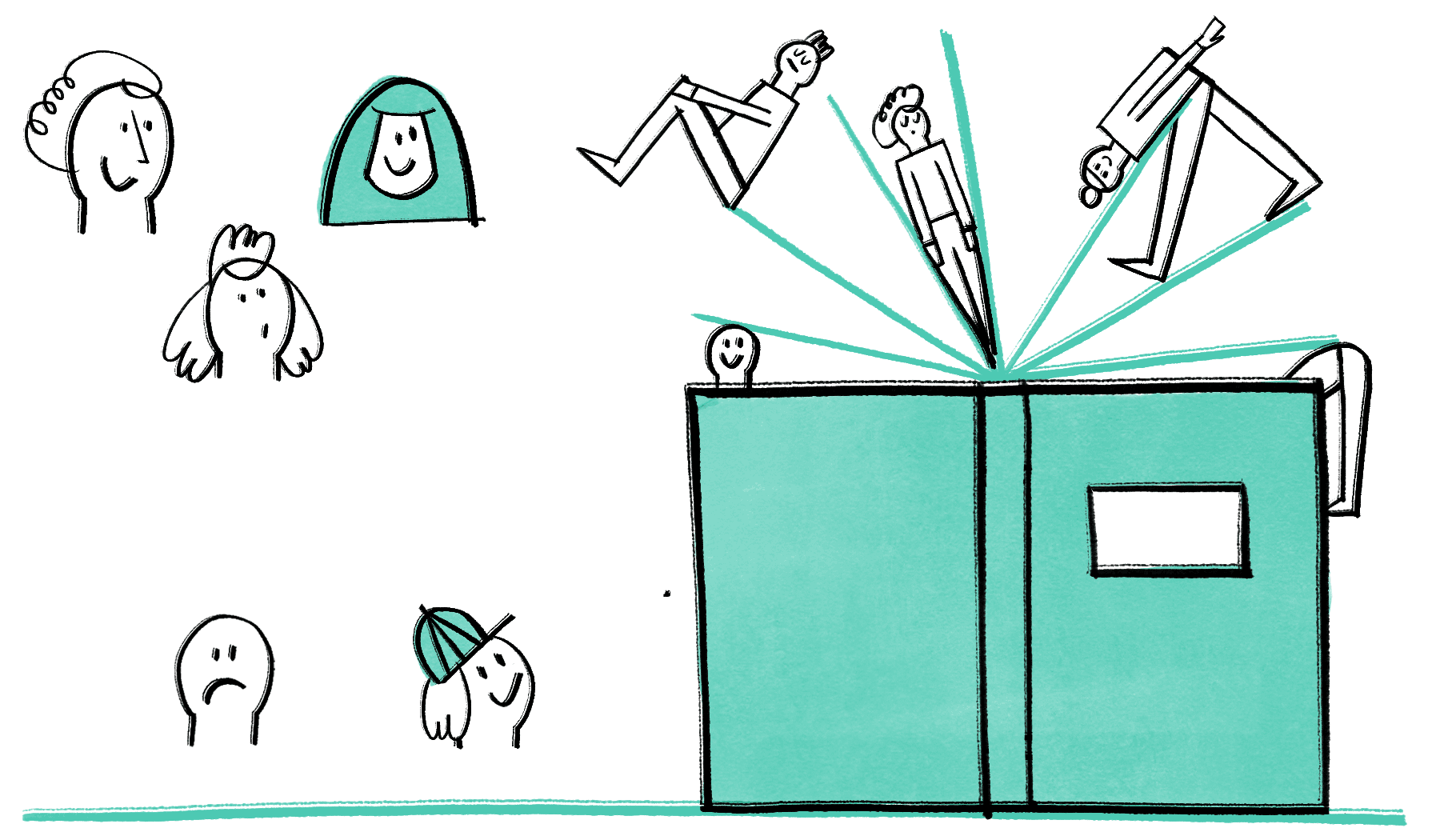

You can expand on the portraits by doing your own research on choreographic working methods.
On the Internet, you’ll find films, images and texts from a whole host of choreographers, which you can use to develop additional observational and movement assignments for your lessons.

What does the work of a choreographer look like? How does their biography impact their work? And which pieces illustrate their working methods most strikingly? Get inspired by the lives and creations of the artists featured here and consider what could potentially catch the interest of your class too.
"Of all categories, my favourite is amazement, astonishment, the not-knowing-exactly. My working motto is: cultivate unknowing. That’s where my idea of perfect theatre comes from. It looks like this: When I go to the theatre, I don’t have any answers. And when I come out, I know even less."
"What does one do in a theatre? One pays to watch. The essence of theatre is seeing something other than one’s self. But my performers seem so alien that it challenges the audience to withstand the view. We are raised to turn away from that which is different, unfamiliar, crooked or disfigured. However, I force the viewers not to turn their gazes, in order that they may become aware of themselves as observers."
"Fractures, sharp breaks are necessary for us to think independently. We have to defend ourselves against political attempts to manipulate and control the media. We have so much information, way too much, but we can’t use it. Chomsky’s plea for freedom of expression spoke to me. As an artist, I need this freedom to continuously reinvent my identity."